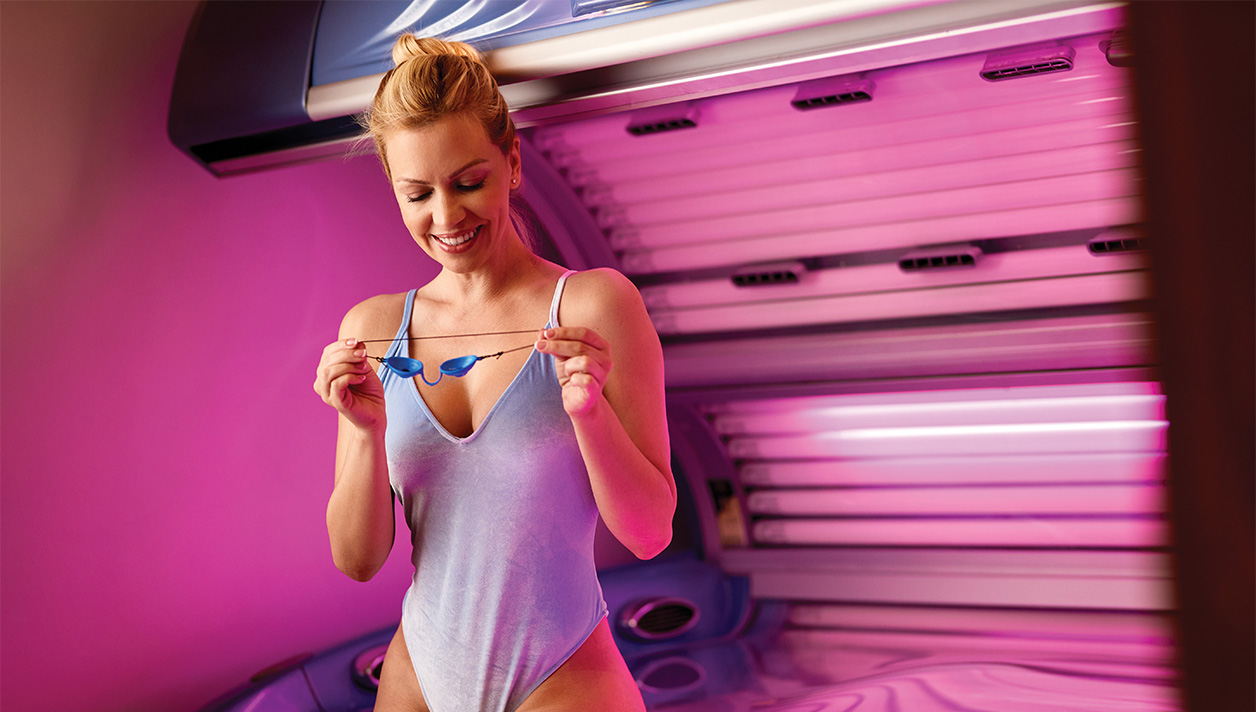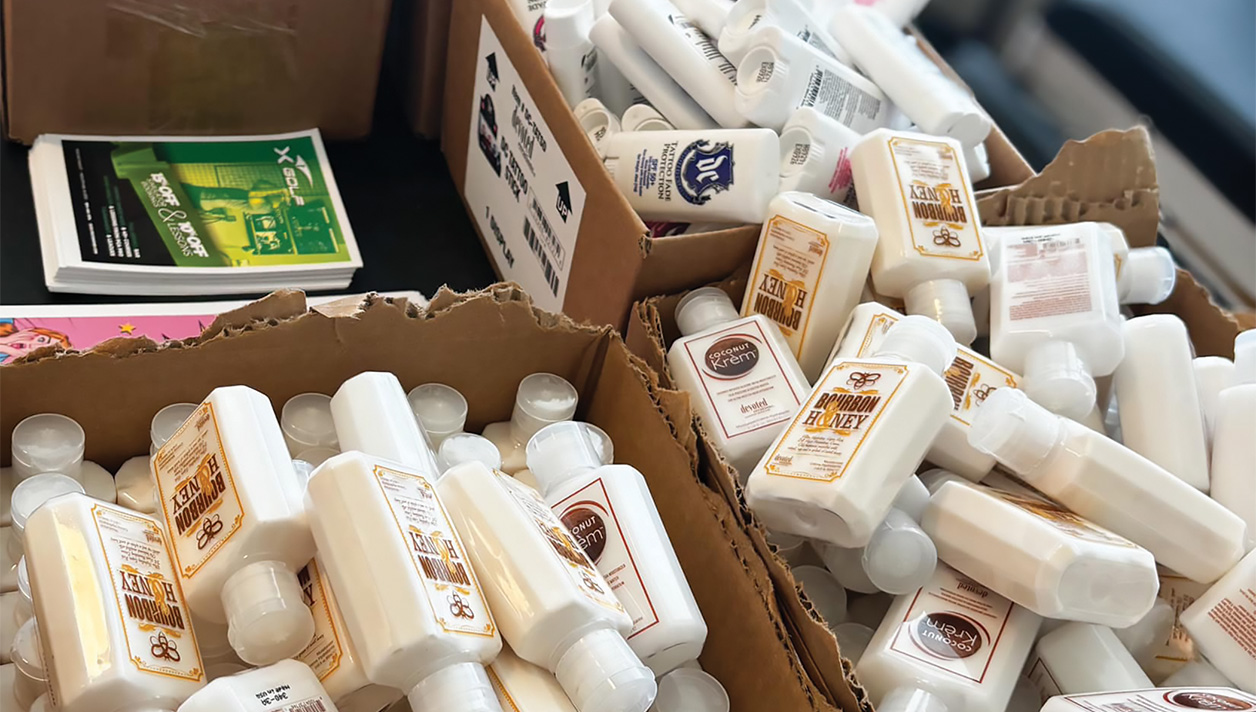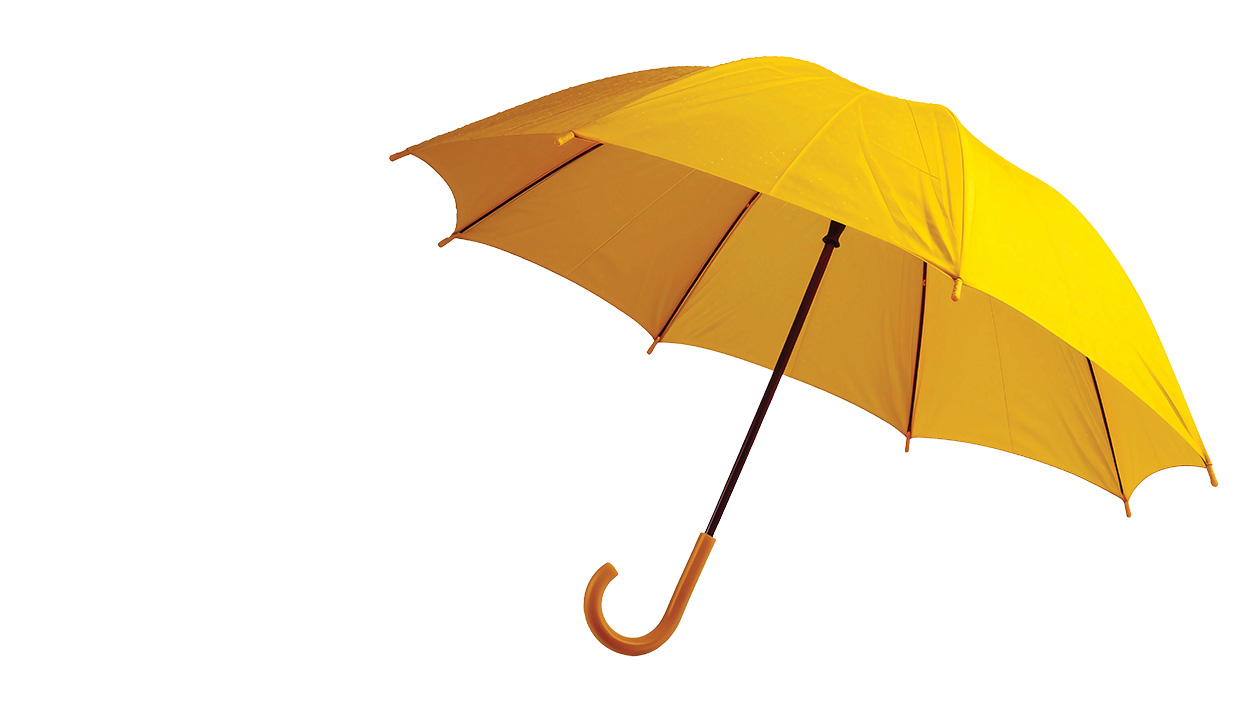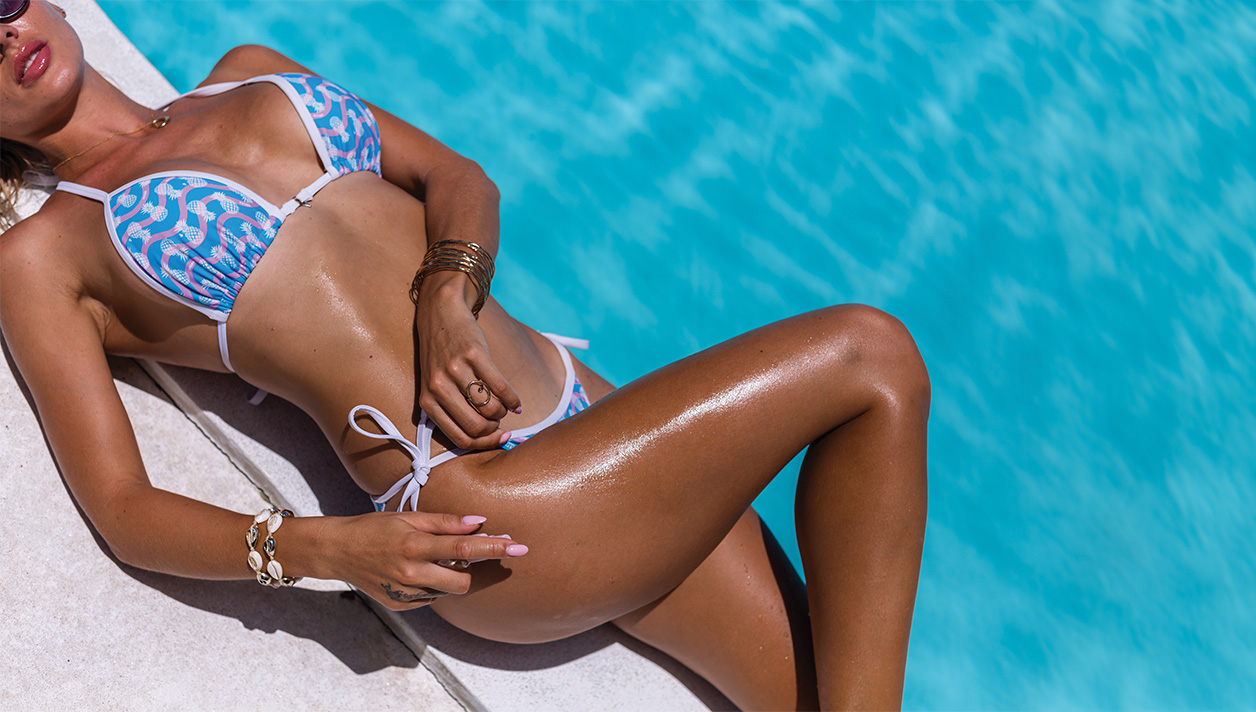Boy, I sure do.
Over the holidays, much of the country was under siege with substantial amounts of rain and mild weather, while some experienced snow and ice. For most of us, this created the desire to bask in warmth and sunlight, which is a strong reason why the tanning business typically feels a kick-start at this time of year.
Light is essential to all life on Earth. You’re probably aware that there is increasing scientific evidence indicating that some people actually require more light exposure in order to effectively function both physically and emotionally. Exposure to bright light, such as that generated by the mid-day summer sun, causes our brains to suppress the release of the hormone melatonin, which acts as an anti-depressant when generated by the body during the daytime. When affected individuals are exposed to longer hours of bright light, they feel happier and are able to enjoy life. This is also called heliotherapy. A great source of information is available online from our Sun is Life® Training & Certification course in the module called “Tan with a Plan.” Let’s dig into it and cover the highlights!
Sun is Life Training & Certification advises salons to completely avoid making claims such as: “Sunbeds are a source of Vitamin D,” “Get your Vitamin D at our salon,” “Indoor tanning prevents cancer.”
From a medical application, UV light in the form of lasers, lamps, or a combination of these devices, combined with topical medications that increase UV sensitivity, are sometimes used to treat people with certain diseases who have not responded to other therapies. This is known as phototherapy. This treatment method has been shown in studies to have a positive effect on unresponsive and severe cases of several diseases, including:
- Rickets
- Psoriasis
- Eczema
- Acne
- Seasonal Affective Disorder (SAD)
Note that although many indoor tanners feel that the warmth of the sunbed and the UV from the lamps help them feel better during the winter months, research indicates that non-UV-emitting light boxes are among the best treatments. One of the foremost authorities on SAD is Dr. Norman Rosenthal. For more information on SAD, its causes and treatments, CLICK HERE.
Clearly, there are many known positive effects of regular, moderate UV exposure (without burning), from both natural sunlight and artificial light emitted by indoor tanning systems. In fact, many studies of UV from sunlight indicate a positive influence on such maladies as psoriasis, eczema and vitamin D3 deficiency. The Harvard School of Public Health offers excellent information on Vitamin D deficiency.
According to the World Health Organization (WHO), brief UV exposure – about 5-15 minutes, twice a day – is beneficial in helping the body produce vitamin D. Vitamin D has an important function in increasing our bodies’ calcium and phosphorus absorption from food and plays a crucial role in skeletal development, immune function and blood cell formation. However, the amount of exposure our bodies need to stimulate vitamin D production depends on several factors: the time of day and the time of year, and our proximity to the equator.
More recent studies also indicate that many of the same positive effects are produced through UV exposure in an indoor tanning system. Certainly, surveys of current indoor tanners indicate a “feel better/look better” effect that boosts self esteem as a leading factor in choosing to tan indoors (more to follow on this in an upcoming IST exclusive). The “feel good” may be from the endorphin release that comes from UV exposure, similar to that experienced by distance runners. In an effort to broaden public awareness, Sun is Life supports and encourages ongoing research to understand more of these positive effects and will provide web links to these ever increasing studies.
However, the Food and Drug Administration advises the indoor tanning industry not to make medical, health or safety claims regarding indoor tanning. In addition, these claims may be perceived by consumers as false, misleading, attempting to entice and/or be deceptive and are monitored by the Federal Trade Commission. Sun is Life Training & Certification strictly adheres to these regulations and advises salons to completely avoid making claims such as: “Sunbeds are a source of Vitamin D,” “Get your Vitamin D at our salon,” “Indoor tanning prevents cancer.”
Other phrases to avoid when promoting your UV tanning services may also include:
- Cheers you up
- Reduces heart disease
- Prevents diabetes
- Beats Seasonal Affective Disorder
- Helps prevent multiple sclerosis
- Prevents cavities
- Relieves aches & pains
- Reduces risk of cancers such as breast cancer
- Boosts fertility
- Gives you more energy
- Eases Irritable Bowel Disorder
- Helps with menstrual problems
- Helps heal skin conditions: psoriasis, acne, eczema
- Boosts your immune system
- Helps you lose weight
So, what can you state about the service you provide?
Millions of people weigh the risk/benefit of UV exposure and choose indoor tanning facilities where UV is provided in a controlled environment for obtaining a cosmetic tan, responsibly and in moderation. Exposures are delivered according to individual skin type and with a timing system that reduces the risk of overexposure and sunburn.
That is what indoor tanning offers, it’s what we have always offered and you should feel good about stating it!
























